Reviving the fragrant legacy of incense making in Cao Village
With a history stretching back nearly 300 years, Cao Village in Bao Khe Commune, Hung Yen Province, enchants visitors not only with the vibrant colours of its multihued incense sticks but also with the enduring cultural heritage passed down through generations.
Renowned as the birthplace of incense making since the 18th century, Cao village has grown into a celebrated craft village and a unique cultural destination.
 |
|
Cao village is considered the cradle of incense making with a history of nearly 300 years. |
The art of incense making remains integral to the spiritual life of its residents and a source of fascination for those who admire traditional craftsmanship.
According to village elders, it was around the 18th century that Dao Thi Khuong - a gifted and graceful young woman from the village who had married into another community - learned the intricate art of incense making.
She later returned to share the craft with her native village. Since then, generation after generation has carried forward this proud tradition.
To honour her legacy, Cao villagers commemorate the craft’s anniversary on the 22nd day of the eighth lunar month. On this day, they gather at the communal house to offer incense and pay tribute to their ancestors who brought prosperity and joy to the community.
Through centuries of dedication, local artisans have safeguarded traditional formulas that contribute to the incense’s signature aroma.
Each household or family group involved in the craft maintains its own unique blend of herbal ingredients - including angelica, cypress, agarwood, cinnamon, and liquorice - resulting in the distinctive fragrance that forms the soul of each incense stick, preserving the cultural spirit of their work.
To nurture the craft and ensure its longevity, the production process in Cao village is carried out with care and precision at every step - from mixing and rolling to dipping, drying, and packaging.
To meet modern market demands, producers in Cao village have upgraded their product designs, incorporated technological advancements, improved quality control, and expanded promotional efforts.
Today, incense made in Cao village is crafted in various forms, such as coils and cones, featuring a refined scent that burns evenly and leaves a soft ash. These products are not only popular throughout other provinces but are also exported internationally.
Cao Village welcomes visitors keen to witness and engage with the time-honoured craft of incense making.
Visitors to Cao village can purchase incense directly from local producers and also take part in hands-on experiences, such as rolling incense cones or winding incense coils.
According to Nguyen Nhu Khanh, Chairman of the Cao Village Incense Craft Association, the quality of incense has remained consistent for centuries.
The traditional production methods and know-how handed down from ancestors are still followed today. Children begin learning the craft from their parents at a young age.
Despite evolving times, the incense-making tradition in Cao village has not diminished - it continues to flourish. Every resident understands the collective responsibility to preserve and develop this cherished heritage.
Currently, around 180 households in Cao village are engaged in incense production, creating employment for roughly 500 people. During the run-up to the Lunar New Year (Tet), the workforce swells to between 1,000 and 1,200.
The craft offers stable livelihoods and inspires a shared commitment to protect and promote the treasured art of incense making.
 Bắc giang
Bắc giang
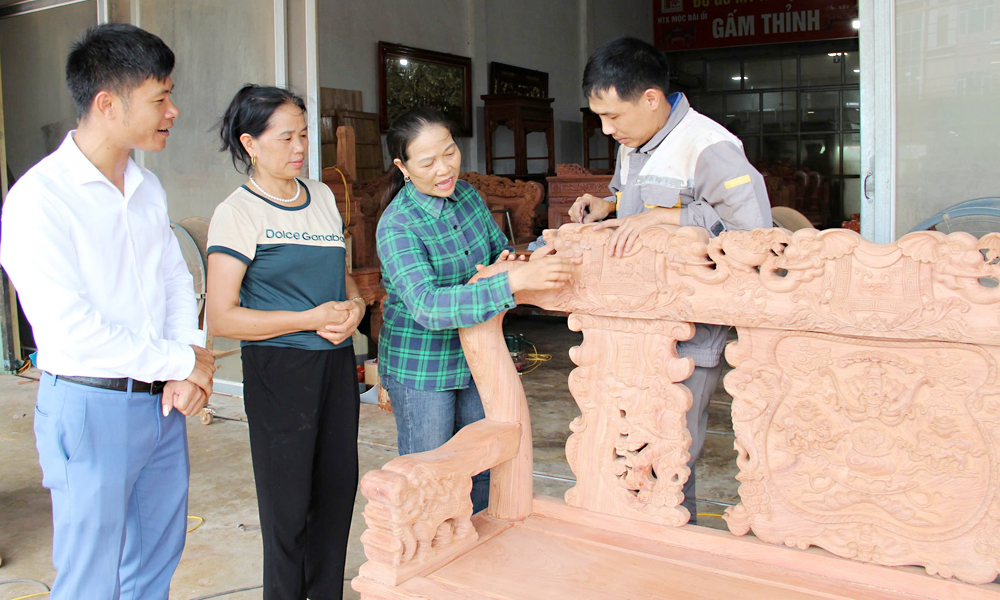


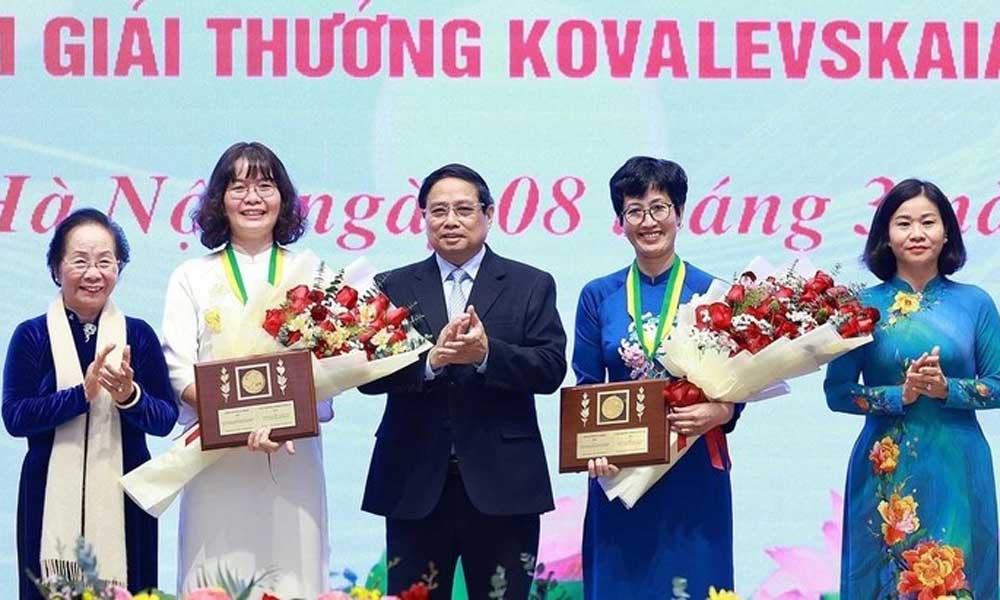

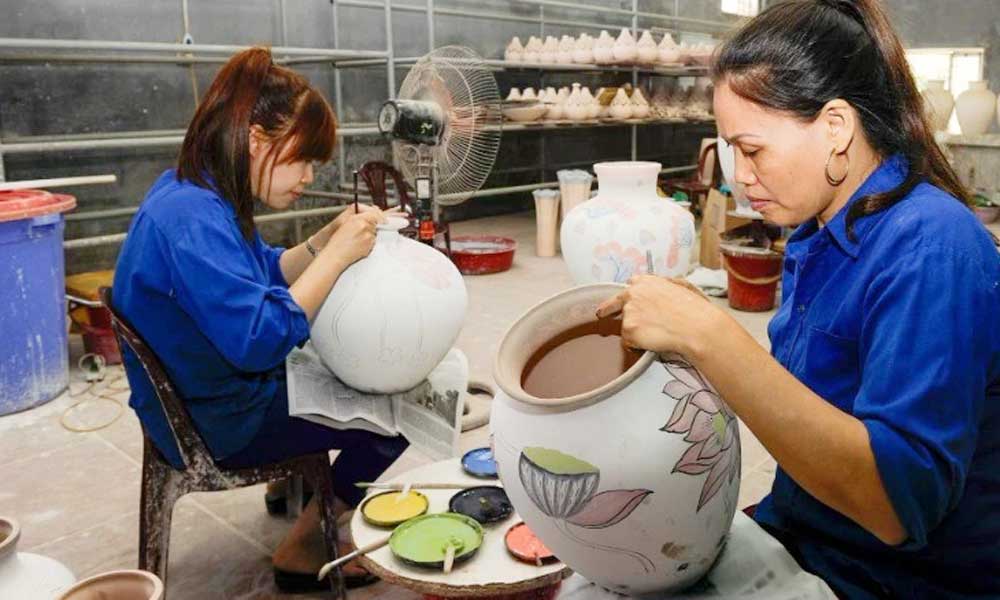

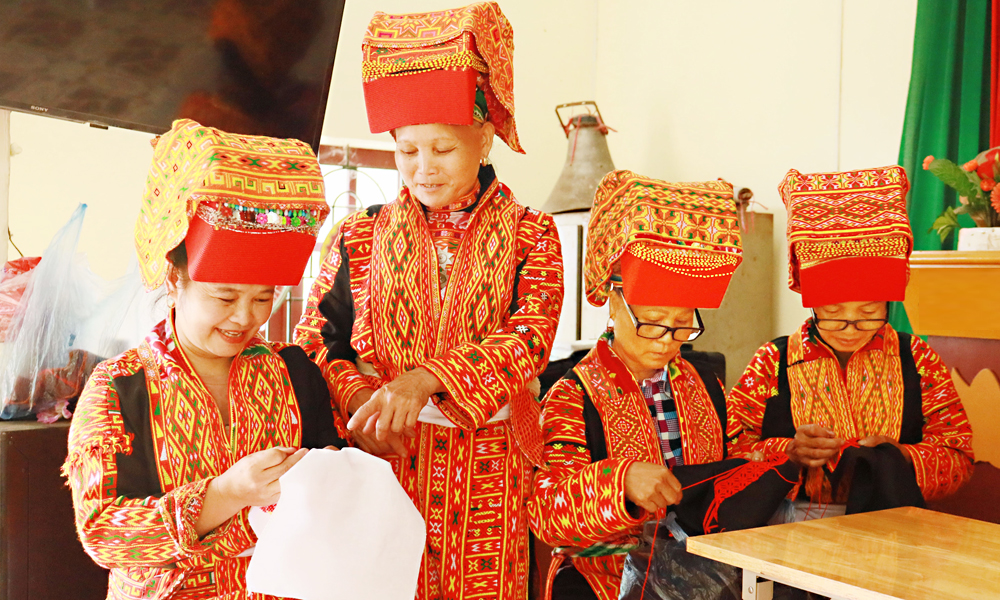

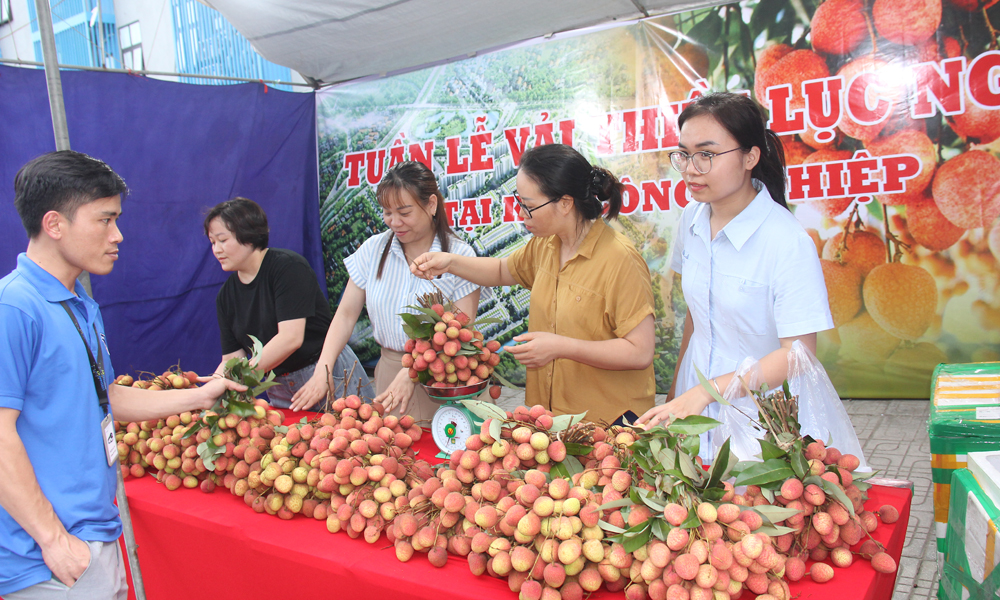

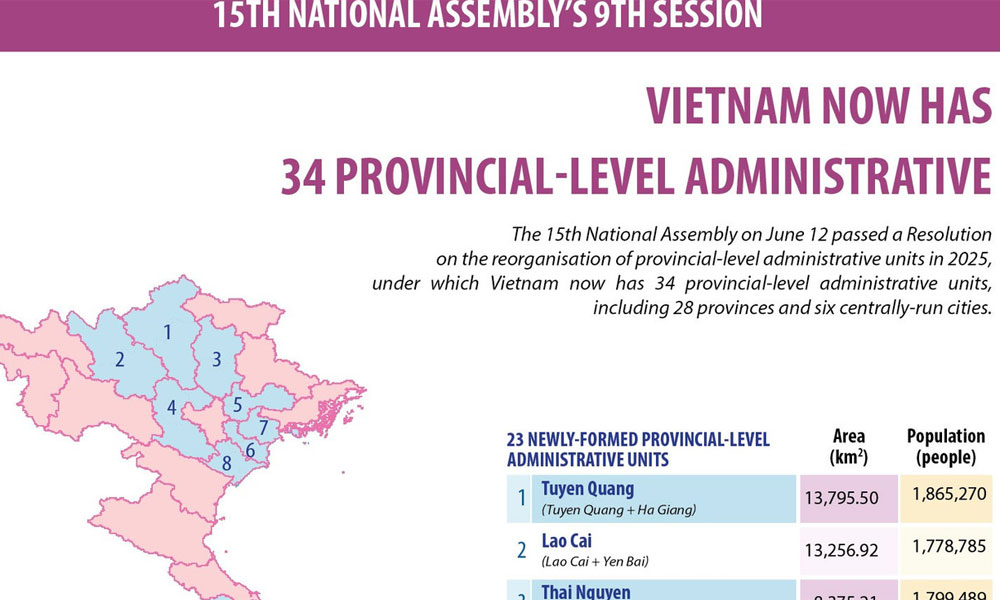

Reader's comments (0)